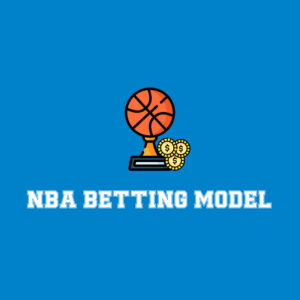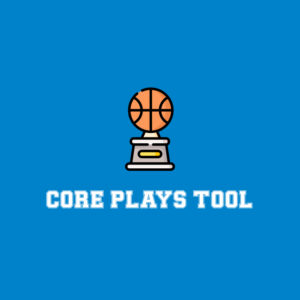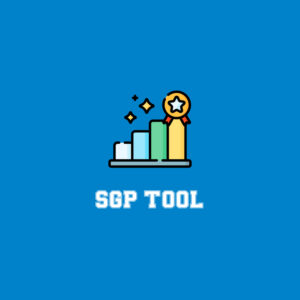
Seasons change. The weather changes. MLB teams’ fortunes change, and so do those of our fantasy teams. My opinions on potential drops also change, and yours should, too. What do I mean? Simply that just because a player is deemed a drop on one or more teams, at some point in time, does not mean that player isn’t worthy of being bid on and acquired in FAAB at a later time.
For instance, in my March 30 column, I recommended Evan Carter as a potential drop in most 12- and 15-team leagues. Last Sunday, I acquired five shares of Carter across various 15-team leagues. So, what changed?
March 30, I recommended dropping Carter shortly after he had been demoted to Triple-A by Texas. Carter missed much of the 2024 season with injuries, and struggled when he was healthy, as he did this spring training. The Rangers’ decision to install Leody Taveras as their starting center fielder convinced me that Carter should be dropped. I generally dislike stashing players demoted to the minors for performance reasons because so much has to go right for that decision to be pay off. First, the player has to demonstrate improved performance in the minors, while staying healthy (in Carter’s case, no guarantees that either would happen). Second, one or more players at the big-league level usually have to struggle and/or get injured, opening up an opportunity for the demoted player. Third, the big-league team has to promote the stashed player. (This is no sure thing – how many of you would have predicted before the season that Arizona would lose Ketel Marte for an extended period of time and promote Tim Tawa over top prospect Jordan Lawlar?) Finally, upon being recalled, the player needs to perform well and solidify a full-time role or close in order to be a fantasy asset. Moreover, while waiting for all of that to occur, managers are sacrificing a precious bench spot that could have been used to roster active players. For instance, in late-March and early-April, useful players such as José Alvarado, Luke Jackson, Wilmer Flores, Trent Grisham and Zach McKinstry, among others, were rostered in many leagues (but perhaps not by those teams stashing Carter).
Flash forward to last Sunday, and many managers in addition to myself were acquiring Carter, including some that perhaps had already dropped him. If one looks at Carter’s stats in Triple-A, they probably are not that impressed. Yes, he hit three home runs in 21 games, but he only batted .221. Yet, that snapshot does not tell the whole story. In Carter’s first 11 games at Triple-A, he hit .158 with a .596 OPS. In his next ten games, he hit .282 with an .897 OPS. Last Sunday, shortly before FAAB ran, news came out that Texas had placed Leody Taveras on outright waivers. While uncertain at the time, many suspected Carter would be promoted to become the team’s primary centerfielder prior to the Rangers’ next game, which is what occurred. Thus, two things happened that changed Carter’s perceived usefulness for fantasy. First, after struggling in spring training, his hitting improved. Second, after initially opting for Taveras at the start of the season, the team decided to make a switch and expose Taveras to other teams (Seattle claimed Taveras the following day).

This introduction is not about the wisdom of acquiring Carter last Sunday. Indeed, it remains to be seen whether Carter will hit enough to be useful for fantasy. He struggles mightily against left-handed pitchers, and while he was a spark plug for Rangers’ 2023 championship team (with 5 HR, 3 SB, .306 AVG in 23 regular season games and 1 HR, 3 SB, .300 AVG in 17 postseason games), he hit under .200 in 2024 (.188 AVG in 45 games). Rather, the point of this introduction is that managers need to reevaluate players as circumstances change, which can happen frequently and, sometimes, quite quickly. A player’s performance can improve, his playing time can increase, his role can change, and, occasionally, players can tweak their swings, or pitch mixes, mid-season and realize improved results. One useful tip is that whenever an MLB player is injured, in a prolonged slump or traded, consider which other players may benefit in the form of increased playing time. Managers should not hesitate to bid on players in FAAB that they themselves dropped, even as recently as the week prior. Sometimes, upon reconsideration, drops are regretted. Other times, circumstances change and there is a need or desire to roster a player once discarded. Each week, the focus should be on improving fantasy teams moving forward. What happened in the past – including regrettable transactions – cannot be undone; all we can do is try to make optimal roster decisions each Sunday.
Some of the players that should at least be considered as potential drops this week are set forth below in the following two tables – the first includes hitters and the second includes pitchers. In addition to the player’s name, team and position, the tables include the player’s roster percentage in the premier 15- and 12-team contests: the NFBC’s Main Event and Online Championship, respectively. Finally, the tables list my rankings as to how strongly – or not – I feel each particular player should be dropped in those 15-team and 12-team formats, respectively. The key to these rankings, from 0-4, is as follows:
- 0 = Do not drop
- 1 = Team context dependent; probably should not be dropped on most teams
- 2 = Team context dependent; compelling arguments to drop and not drop
- 3 = Team context dependent; probably should be dropped on most teams
- 4 = Drop
Lorem ipsum dolor sit amet, consectetur adipiscing elit, sed do eiusmod tempor incididunt ut labore et dolore magna aliqua. Ut enim ad minim veniam, quis nostrud exercitation ullamco laboris nisi ut aliquip ex ea commodo consequat. Duis aute irure dolor in reprehenderit in voluptate velit esse cillum dolore eu fugiat nulla pariatur. Excepteur sint occaecat cupidatat non proident, sunt in culpa qui officia deserunt mollit anim id est laborum. "Sed ut perspiciatis unde omnis iste natus error sit voluptatem accusantium doloremque laudantium, totam rem aperiam, eaque ipsa quae ab illo inventore veritatis et quasi architecto beatae vitae dicta sunt explicabo. Nemo enim ipsam voluptatem quia voluptas sit aspernatur aut odit aut fugit, sed quia consequuntur magni dolores eos qui ratione voluptatem sequi nesciunt. Neque porro quisquam est, qui dolorem ipsum quia dolor sit amet, consectetur, adipisci velit, sed quia non numquam eius modi tempora incidunt ut labore et dolore magnam aliquam quaerat voluptatem.








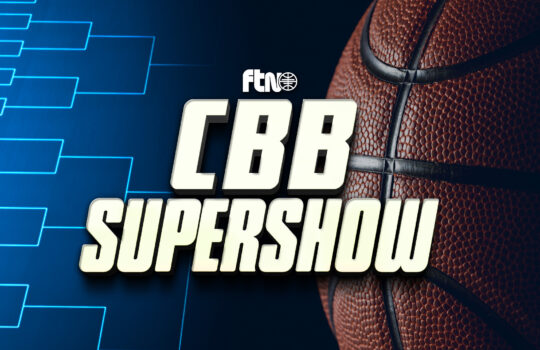




















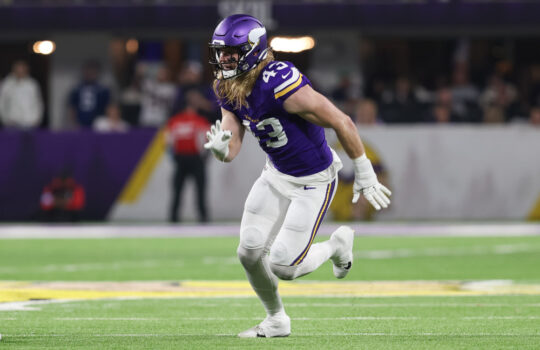



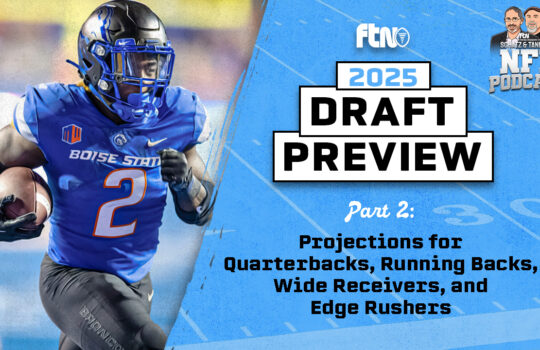

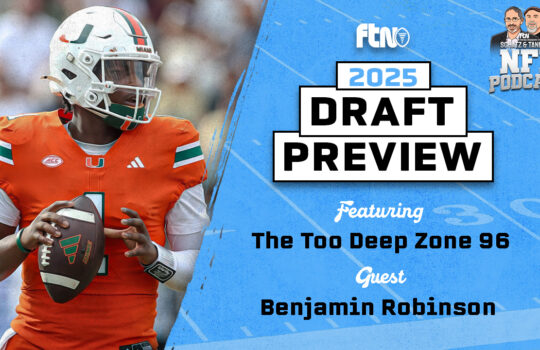
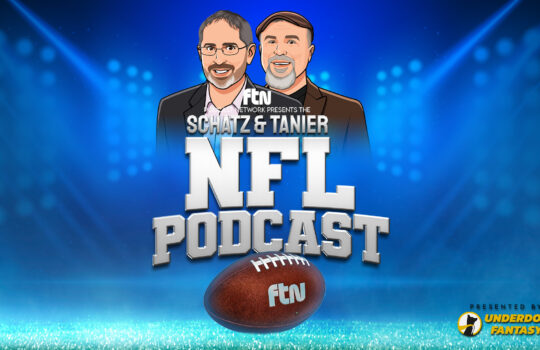






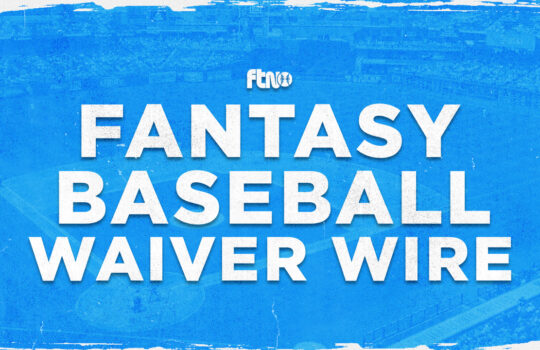

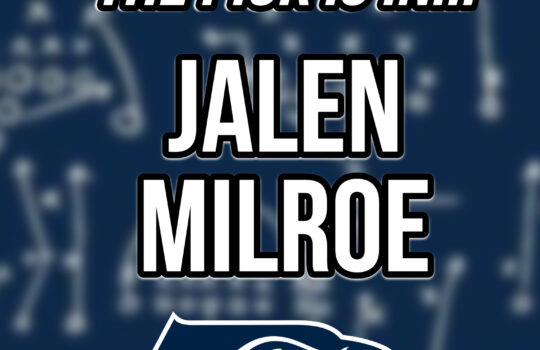

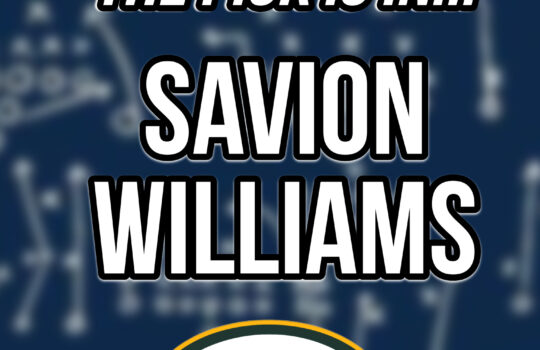
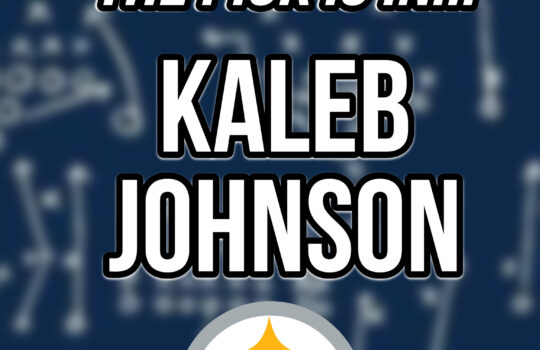

 New York Jets
New York Jets  New England Patriots
New England Patriots 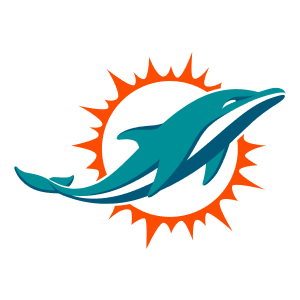 Miami Dolphins
Miami Dolphins  Buffalo Bills
Buffalo Bills  Pittsburgh Steelers
Pittsburgh Steelers  Cleveland Browns
Cleveland Browns  Cincinnati Bengals
Cincinnati Bengals  Baltimore Ravens
Baltimore Ravens 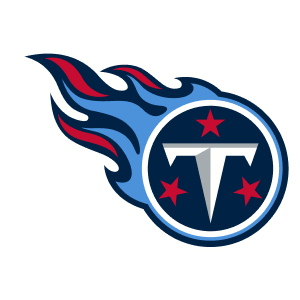 Tennessee Titans
Tennessee Titans  Jacksonville Jaguars
Jacksonville Jaguars  Indianapolis Colts
Indianapolis Colts  Houston Texans
Houston Texans  Las Vegas Raiders
Las Vegas Raiders  Los Angeles Chargers
Los Angeles Chargers  Kansas City Chiefs
Kansas City Chiefs  Denver Broncos
Denver Broncos  Washington Commanders
Washington Commanders  Philadelphia Eagles
Philadelphia Eagles  New York Giants
New York Giants  Dallas Cowboys
Dallas Cowboys  Minnesota Vikings
Minnesota Vikings  Green Bay Packers
Green Bay Packers  Detroit Lions
Detroit Lions  Chicago Bears
Chicago Bears 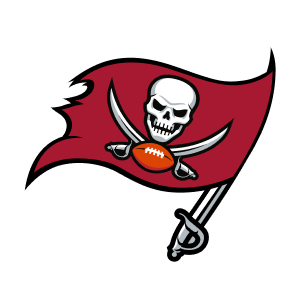 Tampa Bay Buccaneers
Tampa Bay Buccaneers  New Orleans Saints
New Orleans Saints  Carolina Panthers
Carolina Panthers  Atlanta Falcons
Atlanta Falcons  San Francisco 49ers
San Francisco 49ers  Seattle Seahawks
Seattle Seahawks  Los Angeles Rams
Los Angeles Rams 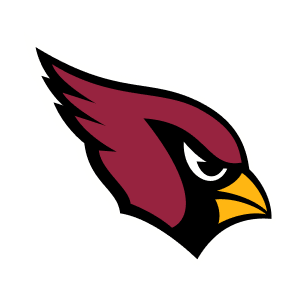 Arizona Cardinals
Arizona Cardinals 
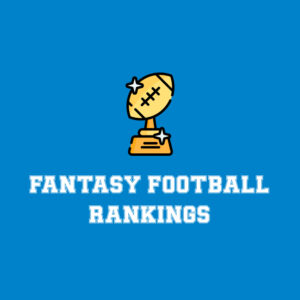
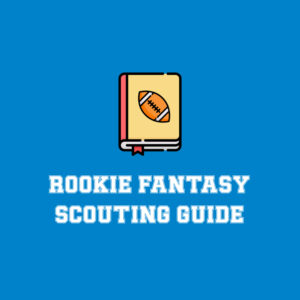
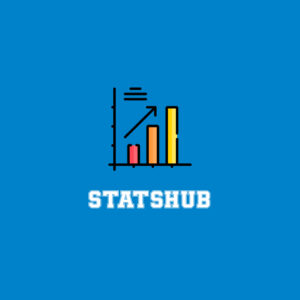





 Boston Celtics
Boston Celtics  Brooklyn Nets
Brooklyn Nets 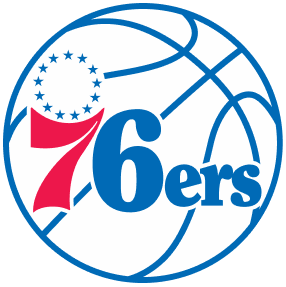 Philadelphia 76ers
Philadelphia 76ers  New York Knicks
New York Knicks  Toronto Raptors
Toronto Raptors  Chicago Bulls
Chicago Bulls  Detroit Pistons
Detroit Pistons  Milwaukee Bucks
Milwaukee Bucks  Cleveland Cavaliers
Cleveland Cavaliers  Indiana Pacers
Indiana Pacers  Orlando Magic
Orlando Magic  Atlanta Hawks
Atlanta Hawks  Charlotte Hornets
Charlotte Hornets  Miami Heat
Miami Heat  Washington Wizards
Washington Wizards  Denver Nuggets
Denver Nuggets  Minnesota Timberwolves
Minnesota Timberwolves  Oklahoma City Thunder
Oklahoma City Thunder  Portland Trail Blazers
Portland Trail Blazers  Utah Jazz
Utah Jazz  LA Clippers
LA Clippers  Golden State Warriors
Golden State Warriors  Los Angeles Lakers
Los Angeles Lakers  Phoenix Suns
Phoenix Suns  Sacramento Kings
Sacramento Kings  Dallas Mavericks
Dallas Mavericks  Houston Rockets
Houston Rockets  Memphis Grizzlies
Memphis Grizzlies  New Orleans Pelicans
New Orleans Pelicans  San Antonio Spurs
San Antonio Spurs 
